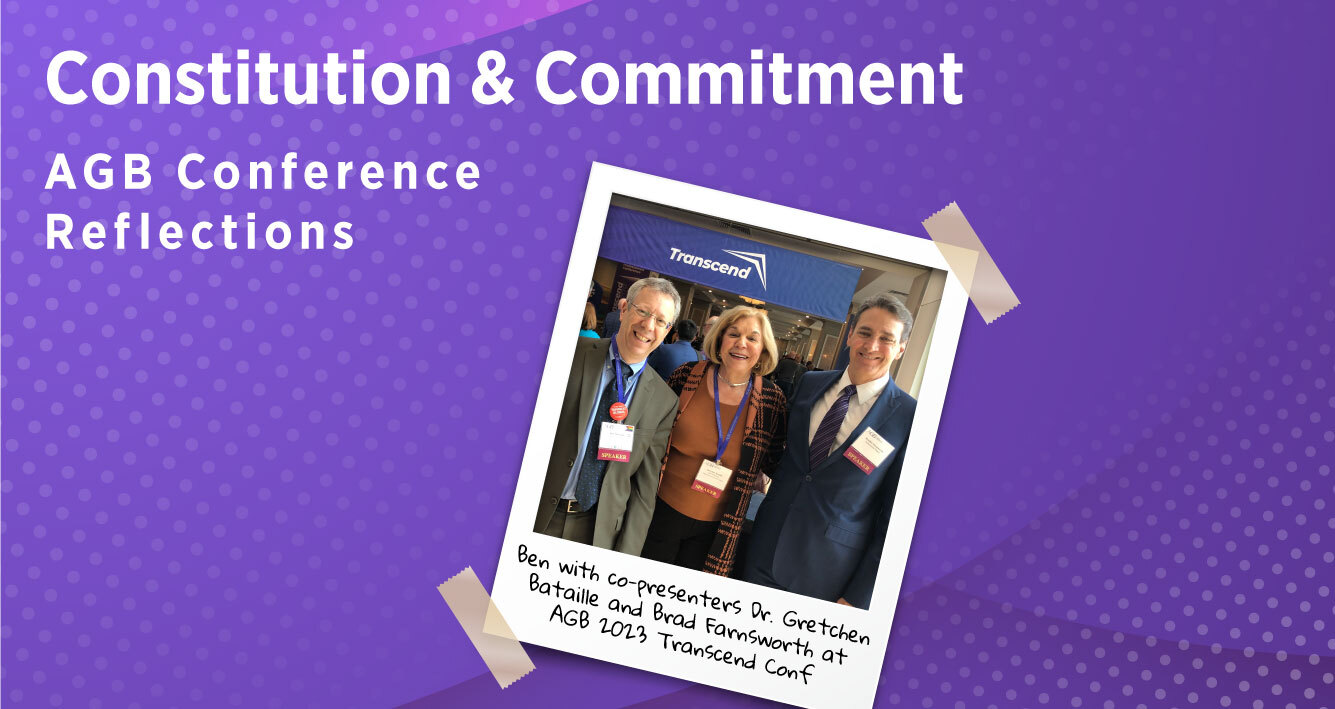It’s good news / hurry-up-and-move news for Chinese students.
The good news: pandemic-era travel bans are lifted.
The hurry-up-and-move news: China announced it is returning to its previous position of NOT recognizing online credentials obtained from a foreign institution.
More than a few Chinese students spent spring semester scrambling to ensure their hard-earned credits will count. We trust they will, but there nevertheless was a swift rush to secure logistics.
We know what you’re thinking. A coveted market that’s been declining is now being encouraged, no, required, to travel if they want a foreign degree. Fantastic! While that’s all true, indications remind us to keep our expectations in check. And yes, we’re talking about politics, TikTok, and the increasing appeal of the UK’s brand of higher ed and career opportunities.
So, while it makes sense to keep courting the Chinese market that continues to be the top exporter of students, it also makes sense to proceed with efforts to diversify student sources.
Important to note: It always has been wise to diversify, though only a small percentage of US institutions have historically invested in this level of internationalization. The volume is in China and India and that is where the recruiting investment has been focused for more than a decade.
Also important to note: China remains a highly valuable source country and we absolutely do not advise turning your institutional back on these students. There are still more Chinese students eager for a US education than any other nationality. India is the only other country that comes close.
In the midst of the more recent waning of Chinese students coming to the US (the decline first stared in 2016), we’ve provided insights on promising markets that may help boost your student yield. In recent blog posts, we’ve offered insights into evaluating Africa (part 1, part 2), Latin America (part 1, part 2), and the Middle East.
Today we turn to Asia, evaluating whether specific countries exhibit the important metrics that demonstrate a market ripe for student recruitment:
- Rising youth population
- Rising incomes
- Employment opportunities for returning students
In this week’s post, get ready to take notes on student market opportunities in South Korea, Vietnam, Taiwan, and Japan. Next week we will look at Nepal, Bangladesh, Indonesia, Malaysia, and the Philippines. These countries are likely already on your radar. Are you keeping tabs on the potential for each one? We think it is in your best interest.
Read on to find out why…
Read More





.jpg)

.jpg)


